Apparel Industry transformations are everywhere—from local boutiques to global fashion chains.
In Los Angeles, a small startup just launched a zero-waste fashion line using USA-made organic cotton. They found their factory and pattern maker through Maker’s Row, cutting their launch time by half. This is one of many signs that the Apparel Industry Trends in 2025 are centered around speed, sustainability, and innovation.
Shoppers today demand more than just style. They want ethical sourcing, transparency, and instant online access. Brands are responding with smart fabrics, personalized fashion, inclusive sizing, and shorter production cycles. Meanwhile, sustainable fashion trends continue to influence design, marketing, and even logistics.
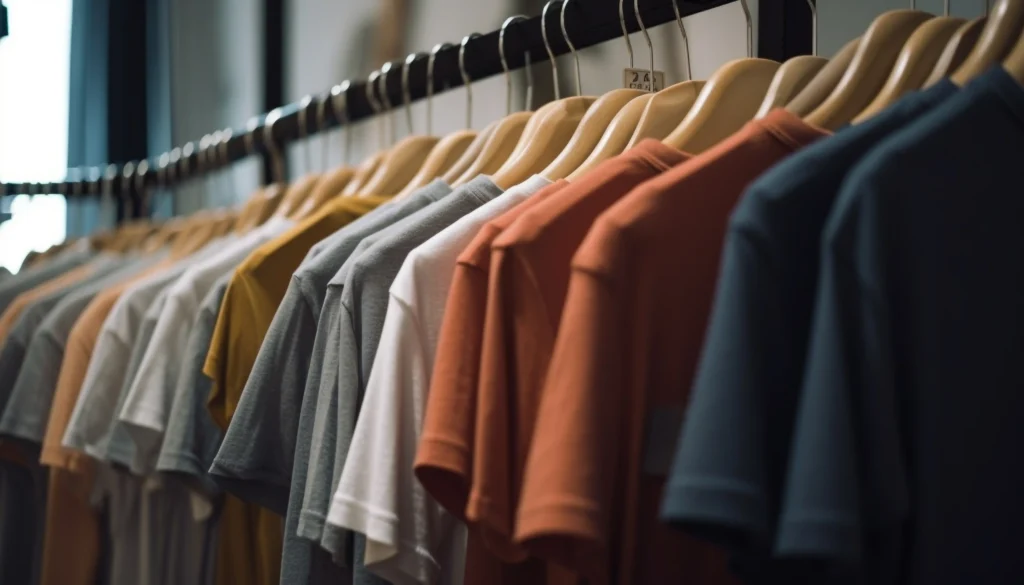
In this blog, we explore everything shaping the modern Apparel Industry. You’ll find insights, real data, useful tips, and tools to adapt your business or buying habits.
Let’s explore what’s trending now—and what it means for the future of fashion.
Sustainable Fashion Trends
Sustainability is no longer optional. It’s a core expectation.
Want to know Best 12 Clothing Manufacturers Near Me? Check this out.
Brands are adopting circular models—designing clothes that can be reused, repaired, or recycled. Companies like Allbirds and Patagonia use natural and recycled materials, setting a high standard.
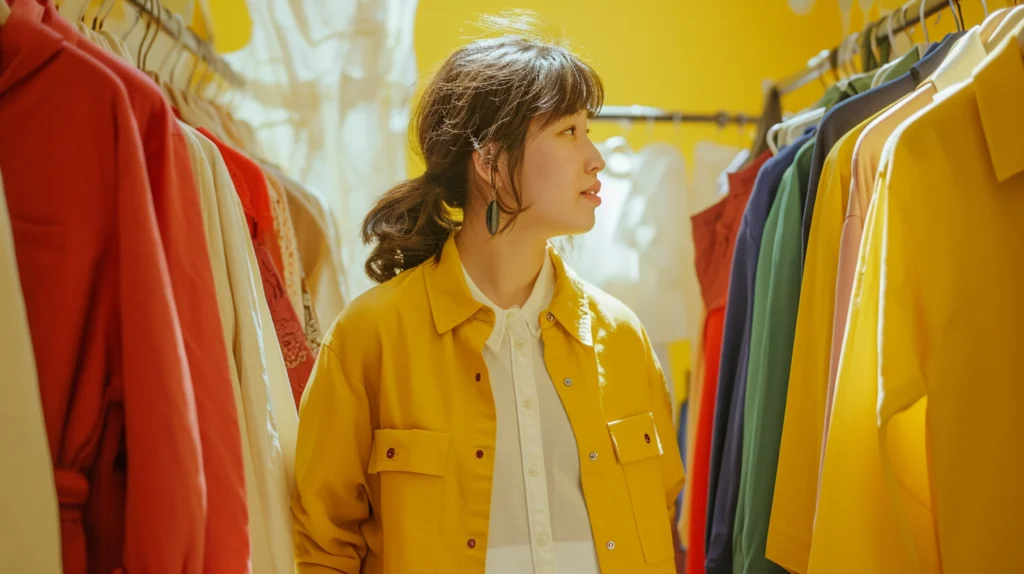
Key shifts include:
- Use of organic and biodegradable materials
- Carbon-neutral shipping and manufacturing
- Upcycling old garments into new styles
- Offering garment recycling programs in-store
Examples:
- Patagonia uses 87% recycled materials in its line
- Eileen Fisher offers take-back programs to reuse clothing
- Waterless dyeing is used by Adidas in selected lines
Still confused about How to Find a Clothing Manufacturer in USA? | Read this
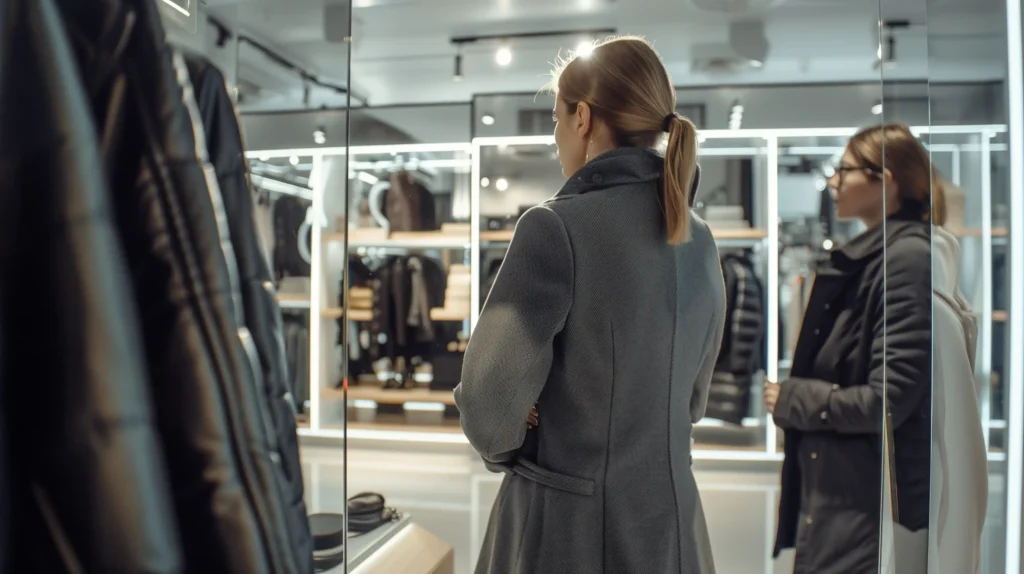
Top 8 Apparel Industry Trends in 2025
| Trend | Description |
| 1. Sustainable Fashion Trends | Eco-friendly fabrics, upcycled fashion, and ethical sourcing are in demand. |
| 2. AI & Tech Integration | Brands use AI for design, personalization, and inventory prediction. |
| 3. Direct-to-Consumer (DTC) | More brands are selling directly to customers through online platforms. |
| 4. Gender-Inclusive Fashion | Apparel is becoming more gender-neutral and size-inclusive. |
| 5. Digital Fashion | Online shopping is being transformed by virtual try-ons and 3D designs. |
| 6. Circular Economy Models | Rental and resale platforms are growing. |
| 7. Smart Fabrics | Fabrics capable of health monitoring or color alteration are currently being manufactured. |
| 8. Localized Manufacturing | Fast, small-batch production close to consumers is trending. |
Top Priorities for Apparel Consumers in 2025
- 74% of consumers prefer brands with sustainable practices
- 63% shop online at least once a week
- 48% want personalization in clothing
- 59% are concerned about ethical labor in fashion
Explore Men’s Fashion in 2025: Trends, Essentials & 25 Style Tips
(Source: McKinsey Fashion Report 2025)
How Maker’s Row Helps Apparel Brands in 2025
Maker’s Row is an all-in-one platform for apparel startups and growing brands.
Here’s how it supports your journey:
- Find USA Manufacturers: Access vetted factories for sustainable production.
- Create Custom Projects: Manage samples, tech packs, and orders in one place.
- Collaborate Seamlessly: Work with pattern makers, sample makers, and product developers.
- Speed Up Time-to-Market: Save time and money by working locally.
Maker’s Row connects design with production, helping brands launch new collections and scale their businesses.

Apparel Market Growth Forecast
| Year | Global Market Size (USD) | Growth Rate |
| 2023 | $1.52 Trillion | – |
| 2024 | $1.62 Trillion | 6.5% |
| 2025 | $1.75 Trillion (est.) | 8.0% |
Apparel Fashion Trends: What’s Hot?
Sustainable fashion trends are more than a buzzword. They’re reshaping the Apparel Industry.
Here’s what’s trending in 2025:
- Organic Materials: Commonly utilized materials include hemp, organic cotton, and bamboo.
- Recycling & Upcycling: Brands are repurposing old stock into new pieces.
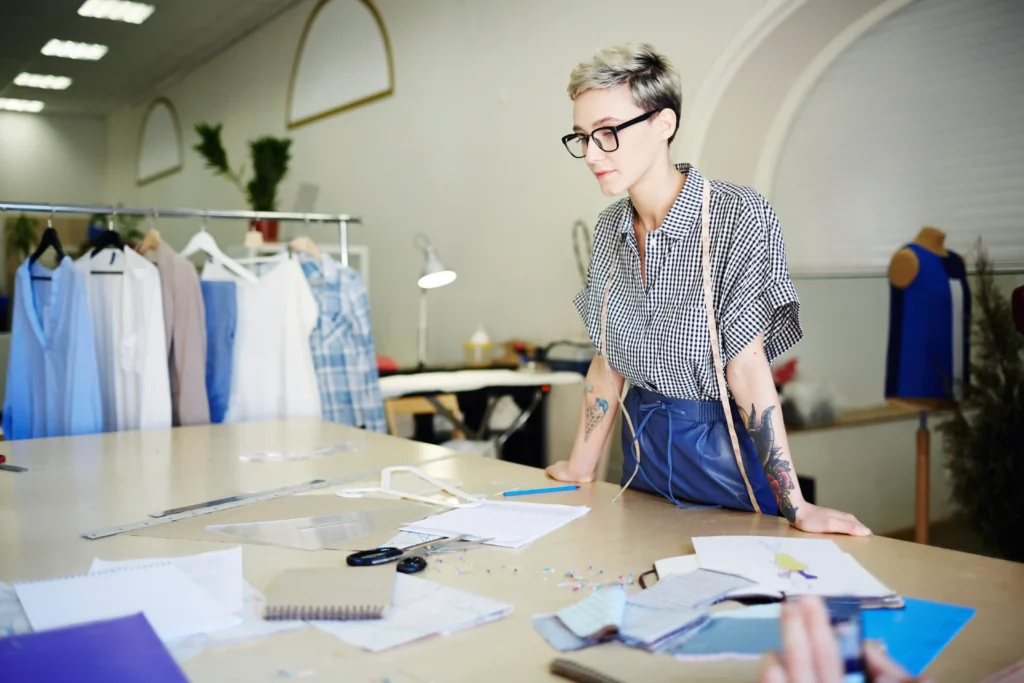
- Carbon Neutrality: Companies aim to offset carbon emissions in the supply chain.
- Waterless Dyeing Techniques: These methods reduce environmental impact.
Example: Patagonia uses recycled fabrics and offers clothing repairs to promote sustainability.
Want to know Top 5 USA Clothing Manufacturers Leading the
Fashion Industry in 2025? Read this
Fashion Trends That Are Winning in 2025
Stay ahead of the fashion trends that are popular now:
- Oversized Tailoring: Blazers and pants with relaxed fits.
- Utility Wear: Cargo pants and workwear-inspired outfits.

- Bold Colors: Vibrant hues like electric blue and neon green dominate.
- Digital Prints: Inspired by gaming, tech, and abstract art.
- Hybrid Footwear: Part sneaker, part dress shoe for both comfort and style.
These Apparel Industry Trends appeal to both Gen Z and Millennials.
The Ultimate Guide to Men’s Jackets: 30 Types You Should Know
Apparel Industry Tips for Brands in 2025
To keep up with the Apparel Industry Trends, follow these tips:
- Go Green: Invest in sustainable supply chains and packaging.
- Use Technology: Implement AI in forecasting, designing, and managing stock.
- Shorten Lead Time: Work with local manufacturers through platforms like Maker’s Row.
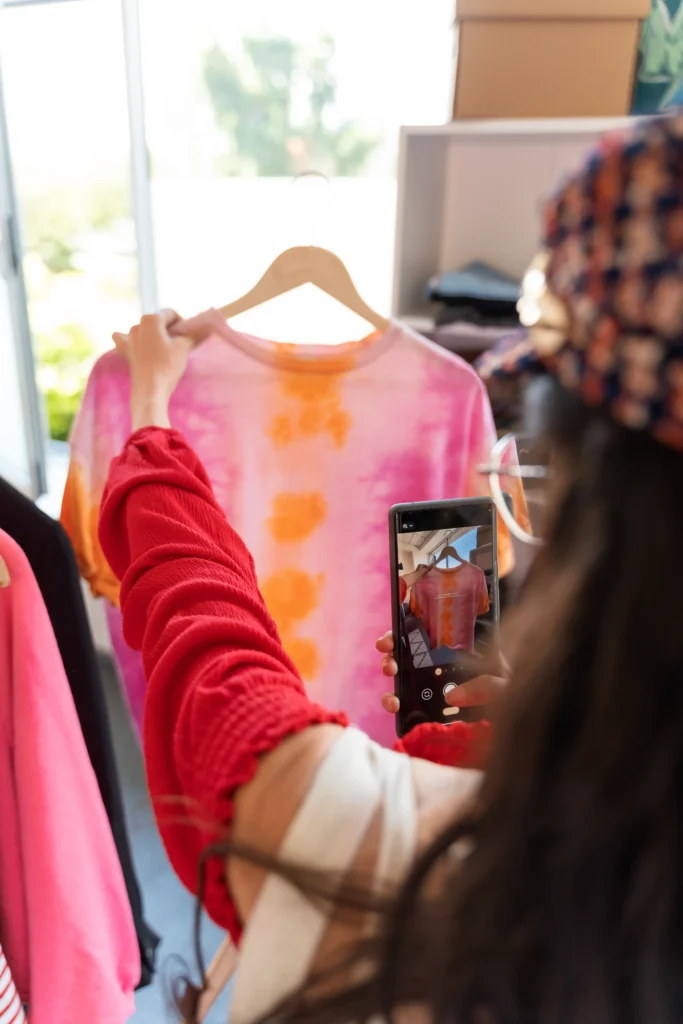
- Be Inclusive: Offer extended sizes and gender-neutral options.
- Engage Digitally: Use AR try-ons, influencer marketing, and real-time content.
These practices improve customer loyalty and brand visibility.
AI and Automation
The use of artificial intelligence and machine learning in fashion is growing fast.
Brands now use AI to forecast demand, personalize product recommendations, and even create designs. Stitch Fix leverages data science to provide personalized style recommendations to its clientele.

Examples include:
- 3D design and virtual sampling to reduce waste
- AR-powered virtual try-ons in e-commerce
- Chatbots handling customer queries instantly
Example:
Zalando uses AI to predict fashion trends, improving sell-through rates by 20%.
FAQs on Apparel Industry Trends in 2025
- What are the top Apparel Industry Trends in 2025?
Sustainable production, local manufacturing, AI integration, and inclusive fashion are the top Apparel Industry Trends in 2025. - How is technology impacting the fashion industry?
Brands use AI for design, forecasting, and personalization. Improved customer shopping experiences are being driven by advancements in AR and 3D technology. - What are some current sustainable fashion trends?
Trends include organic materials, garment recycling, carbon-neutral shipping, and eco-friendly dyeing methods. - Why is local manufacturing gaining popularity?
It reduces lead time, supports the local economy, and allows for faster, smaller batch production. - What do consumers expect from fashion brands today?
Transparency, sustainability, ethical labor practices, and personalization are top consumer expectations. - How can small fashion brands stay competitive?
By adopting Apparel Industry Trends like DTC models, digital tools, and working with USA manufacturers. - What is circular fashion?
Circular fashion refers to clothing designed to be reused, repaired, or recycled instead of discarded. - How can I find reliable manufacturers in the USA?
Platforms like Maker’s Row help connect you with vetted USA factories and development partners. - Are sustainable materials more expensive?
Initially, yes. But long-term, they reduce waste, improve customer loyalty, and lower environmental costs. - What fashion trends are popular in 2025?
Utility wear, digital prints, oversized tailoring, bold colors, and hybrid footwear dominate fashion trends now. - How does AR technology help in fashion retail?
Augmented Reality allows customers to try on clothes virtually, improving conversion rates and reducing returns. - What is the role of AI in the apparel industry?
AI helps with trend forecasting, inventory planning, and hyper-personalized product recommendations. - What does DTC mean in the apparel industry?
DTC, or Direct-to-Consumer, means brands sell directly to customers, cutting out intermediaries. - Is sustainable fashion just a trend?
No. It’s becoming an industry standard as consumers and governments push for eco-conscious practices. - How can Maker’s Row help new fashion brands?
Maker’s Row helps you find pattern makers, sample makers, and factories—all in the USA—to launch and scale efficiently.
Conclusion
The Apparel Industry Trends in 2025 are all about sustainability, tech, and personalization. Brands that adapt will thrive. Those who ignore the changes may fall behind.
From fashion trends to sustainable fashion trends, knowing what’s next gives you a competitive edge. Platforms like Maker’s Row are key to building smarter and faster in today’s fashion ecosystem.
So start now—embrace these trends, apply the tips, and build a future-ready apparel brand.
